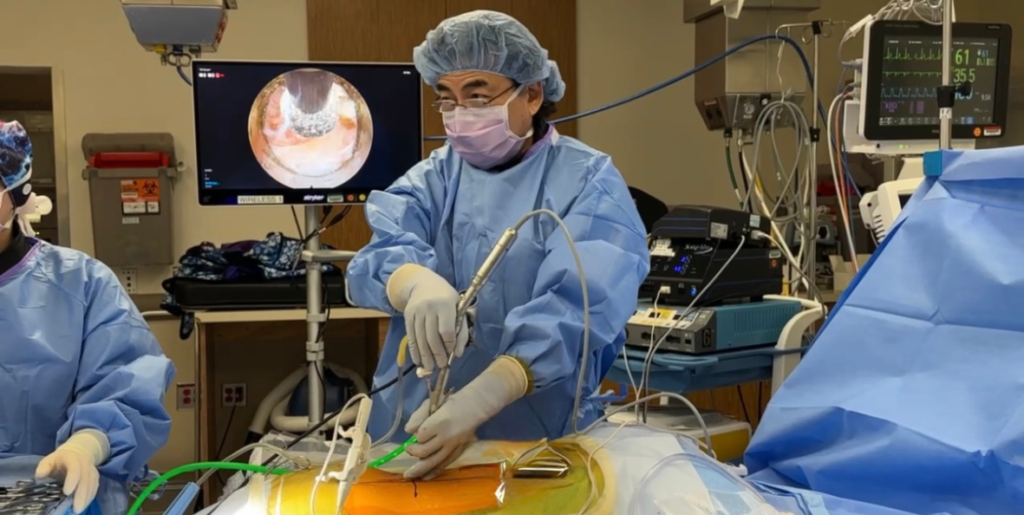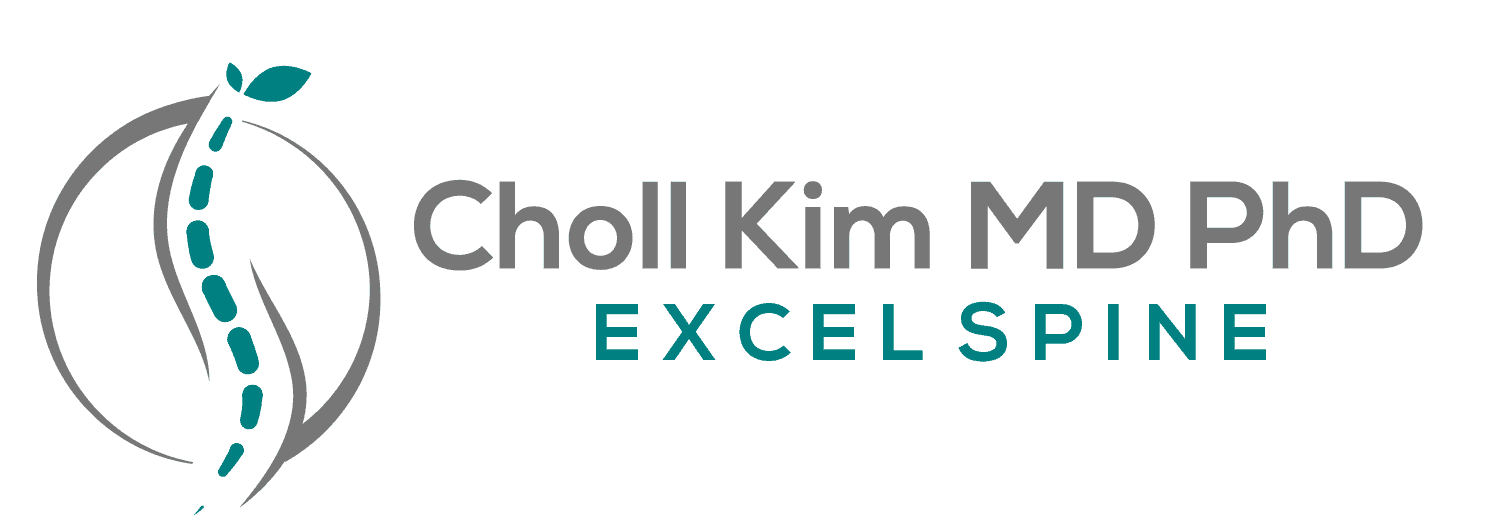
Understanding How the Spine Heals After Herniated Disc Surgery
If you’ve recently had a discectomy or are considering one, it’s natural to wonder what happens to your spine after the procedure. Patients often ask: “Does the disc grow back?” or “Do you fill the space with something?”
This blog will explain, step-by-step, what happens to the disc space after a discectomy and how your body heals—plus what you can do to protect your spine long-term.
Click here to watch a short video on What Happens to the Disc After a Discectomy.
What Is a Discectomy?
A discectomy is a minimally invasive spine surgery that removes a portion of a that is pressing on a nearby nerve. The goal is to relieve symptoms such as back pain, leg pain (sciatica), numbness, or weakness.
After a Discectomy: What Fills the Disc Space?
Once the damaged disc material is removed, it leaves a small space or cavity in the disc. Here’s what happens next:
- Blood fills the cavity immediately after surgery.
- The blood forms a clot, which is part of your body’s natural healing response.
- That clot develops into a provisional matrix, which is an early form of scar tissue.
- Over time, this tissue remodels into fibrocartilage—a type of connective tissue.
This fibrocartilage acts as a “stand-in” for the removed disc material. While it isn’t identical to the original disc, it typically provides enough support to restore function and reduce pain.
Does the Disc Regrow?
No, the disc does not regenerate in the same form. The fibrocartilage that replaces it is not as strong, spongy, or flexible as a healthy, natural disc. However, in most cases, it is sufficient to stabilize the area and prevent further symptoms.
How to Protect Your Spine After a Discectomy
The success of your discectomy doesn’t just depend on the surgery—it also depends on what you do afterward. Protecting the spinal motion segment (the disc and surrounding joints) is critical for long-term results.
Post-surgical spine care tips:
- Begin a customized rehab or fitness program focused on spinal stability.
- Strengthen your core to support your spine so it acts like the world’s greatest back brace.
- Improve coordination of back and abdominal muscles to protect against future injury.
- Avoid prolonged sitting or inactivity, which can weaken the spine.
By investing in your recovery, you reduce the risk of re-injury or disc degeneration in the future.
Long-Term Outlook After Discectomy
Most patients recover well after discectomy and return to regular activities with minimal or no long-term issues. Still, maintaining spine health through exercise and proper body mechanics is essential to protect the repaired area.
As a humorous side note: your other option is to move to the moon or Mars, where there’s no gravity to stress the spine—but until space travel becomes more realistic, a solid fitness program is the next best thing.
Conclusion
After a discectomy, your body forms scar tissue and eventually fibrocartilage to fill the space left behind. Although the disc doesn’t regenerate, most people experience lasting relief when they take steps to support their spine after surgery.
If you’re looking for personalized guidance or want to learn more about recovery after spine surgery, contact our office. We’re here to guide you through recovery and help you get back to doing the things you love!
Click here for a free MRI review.
